Midbrain circuits that set locomotor speed and gait selection
- PMID: 29342142
- PMCID: PMC5937258
- DOI: 10.1038/nature25448
Midbrain circuits that set locomotor speed and gait selection
Abstract
Locomotion is a fundamental motor function common to the animal kingdom. It is implemented episodically and adapted to behavioural needs, including exploration, which requires slow locomotion, and escape behaviour, which necessitates faster speeds. The control of these functions originates in brainstem structures, although the neuronal substrate(s) that support them have not yet been elucidated. Here we show in mice that speed and gait selection are controlled by glutamatergic excitatory neurons (GlutNs) segregated in two distinct midbrain nuclei: the cuneiform nucleus (CnF) and the pedunculopontine nucleus (PPN). GlutNs in both of these regions contribute to the control of slower, alternating-gait locomotion, whereas only GlutNs in the CnF are able to elicit high-speed, synchronous-gait locomotion. Additionally, both the activation dynamics and the input and output connectivity matrices of GlutNs in the PPN and the CnF support explorative and escape locomotion, respectively. Our results identify two regions in the midbrain that act in conjunction to select context-dependent locomotor behaviours.
Conflict of interest statement
The authors declare no competing financial interests.
Figures

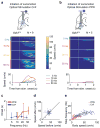
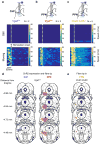
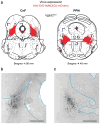


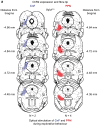

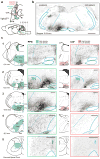



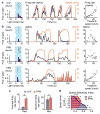

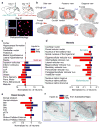
Comment in
-
Locomotion Control: Brainstem Circuits Satisfy the Need for Speed.Curr Biol. 2018 Mar 19;28(6):R256-R259. doi: 10.1016/j.cub.2018.01.068. Curr Biol. 2018. PMID: 29558639 Free PMC article.
References
Publication types
MeSH terms
Substances
Grants and funding
LinkOut - more resources
Full Text Sources
Other Literature Sources
Molecular Biology Databases

